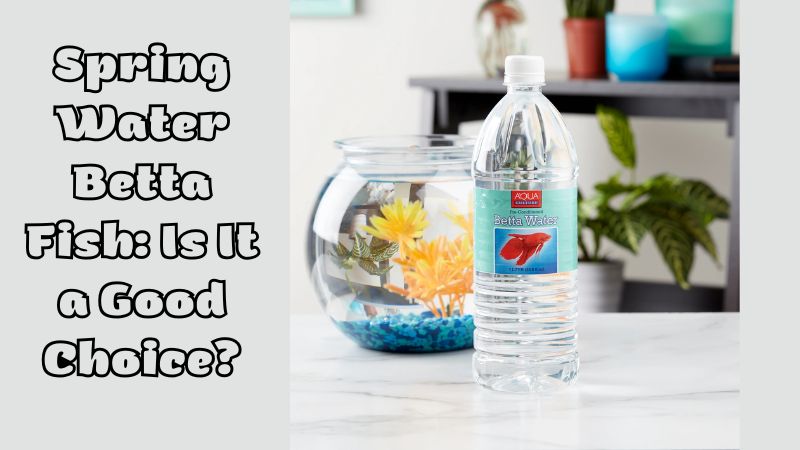How long can turtles stay out of the water? Turtles are fascinating creatures that have adapted to both land and aquatic environments. However, the amount of time they can spend out of water varies depending on their species, habitat, and environmental conditions. Whether you’re a new turtle owner or simply curious about these reptiles, understanding how long can turtles stay out of the water is crucial for their well-being. Fish Lover Zone will be explained in this article!
In this article, FishLoverZone will explore the factors that influence how long can turtles stay out of the water, differences among species, and tips for keeping them healthy.
How Long Can Turtles Stay Out of The Water?
The time a turtle can stay out of water depends on several factors, including its species, age, and environmental conditions. Generally, turtles can stay out of water for 6 to 12 hours, but some species can tolerate longer periods depending on their environment and health.
Aquatic Turtles: These turtles, like red-eared sliders and painted turtles, are adapted to spending most of their time in water. However, they need access to land for basking and drying off. Aquatic turtles can usually stay out of water for several hours, but prolonged periods out of water can lead to dehydration and health issues.
Semi-Aquatic Turtles: Species such as box turtles or wood turtles are more tolerant of being on land. They can stay out of water for longer periods, sometimes up to a few days if the environment is humid and cool.
Tortoises: Tortoises, which are land-dwelling reptiles, can stay out of water indefinitely, although they still need access to drinking water to stay hydrated.
Factors That Affect How Long Can Turtles Stay Out of The Water
Several factors determine how long can turtles stay out of the water including species, environmental conditions, and health status.
Species
Different species of turtles have varying needs when it comes to water. Aquatic turtles rely heavily on water for survival. Their skin and shells are designed to stay moist, and they obtain much of their hydration from water. Without access to water, aquatic turtles can quickly become dehydrated and stressed.
Semi-aquatic turtles and terrestrial turtles (like box turtles and tortoises) are better suited to life on land, though they still require access to water for drinking, soaking, and hydration.
Temperature and Humidity
Temperature and humidity play a critical role in determining how long can turtles stay out of the water. In a hot and dry environment, a turtle can become dehydrated quickly and will need to return to the water or be provided with a moist environment to prevent drying out.
In a cool, humid environment, turtles can stay out of the water longer without risking dehydration. For instance, in a humid, shaded area, turtles may be able to stay out of water for up to 12 hours or more.
Health Status
A turtle’s overall health also affects how long can turtles stay out of the water. Healthy turtles with proper hydration and nutrition can tolerate longer periods outside of water. On the other hand, turtles that are sick, injured, or stressed may need to spend more time in water to maintain their health.
Age and Size
Younger turtles, especially hatchlings, are more sensitive to dehydration and are more dependent on water compared to adult turtles. Smaller turtles generally have less body mass to store moisture and can become dehydrated more quickly than larger, older turtles.
Why Do Turtles Need to Stay Out of Water?
Though turtles are known for their affinity with water, they also need time on land for various reasons. Understanding why turtles leave the water can help you create the best environment for them.
- One of the primary reasons turtles come out of the water is to bask. Basking helps them regulate their body temperature and absorb essential UVB rays, which are necessary for vitamin D3 production and calcium metabolism. Without adequate basking time, turtles may develop metabolic bone disease and other health problems.
- During basking, turtles dry off, which helps prevent the growth of bacteria and parasites on their skin and shell. Aquatic turtles, in particular, need a basking area to dry out completely.
- While turtles can hold their breath for extended periods underwater, they still need to surface to breathe air. Aquatic turtles may come out of the water to rest and breathe, especially if the water quality in their tank or pond is poor, which can affect their ability to absorb oxygen efficiently.
- Female turtles leave the water to lay their eggs on land. Nesting usually occurs in warm sand or soil, and the process can take several hours or even days. During nesting, the turtle remains out of the water for an extended period until the eggs are laid and buried.
- Turtles are curious creatures and may leave the water to explore their surroundings. This is particularly true for semi-aquatic species like box turtles, which spend a significant amount of time on land.
Risks of Keeping Turtles Out of Water for Too Long
Keeping a turtle out of water for too long can lead to serious health problems, particularly for aquatic species. Here are some potential risks:
Dehydration
Aquatic turtles are prone to dehydration when kept out of water for extended periods. Their skin and shell need to stay moist, and without water, they can dry out, leading to cracked skin and shell problems.
Stress
Turtles that are forced to remain out of water for too long may become stressed. Stress can weaken their immune systems and make them more susceptible to infections and diseases.
Breathing Problems
If a turtle is kept out of water because of poor water conditions, it may struggle to breathe properly. This is especially true for turtles that rely on water to regulate their body’s oxygen intake.
Tips for Keeping Turtles Healthy In and Out of Water
To ensure your turtle stays healthy both in and out of the water, consider the following tips:
Provide a Basking Area: Create a designated basking area with a UVB light source to allow your turtle to dry off and absorb essential UVB rays. The basking area should be easily accessible, especially for aquatic species.
Monitor Water Quality: Regularly check the water quality in your aquarium or pond. Poor water conditions can lead to turtles staying out of the water more frequently, which could indicate issues with oxygen levels, temperature, or cleanliness.
Hydrate Turtles That Stay on Land: For semi-aquatic or terrestrial turtles, ensure they have access to shallow water dishes for drinking and soaking.
Pay Attention to Behavior: Observe your turtle’s behavior to determine how much time it needs in and out of water. If your aquatic turtle spends too much time on land, it could be a sign of stress or poor water quality.
Conclusion
The length of time turtles can stay out of water depends on the species, age, health, and environmental factors. While aquatic turtles like red-eared sliders need water to stay hydrated and healthy, semi-aquatic and terrestrial turtles can tolerate extended periods on land. By providing the proper environment, including a basking area, and maintaining optimal water conditions, you can ensure that your turtle thrives both in and out of the water.





